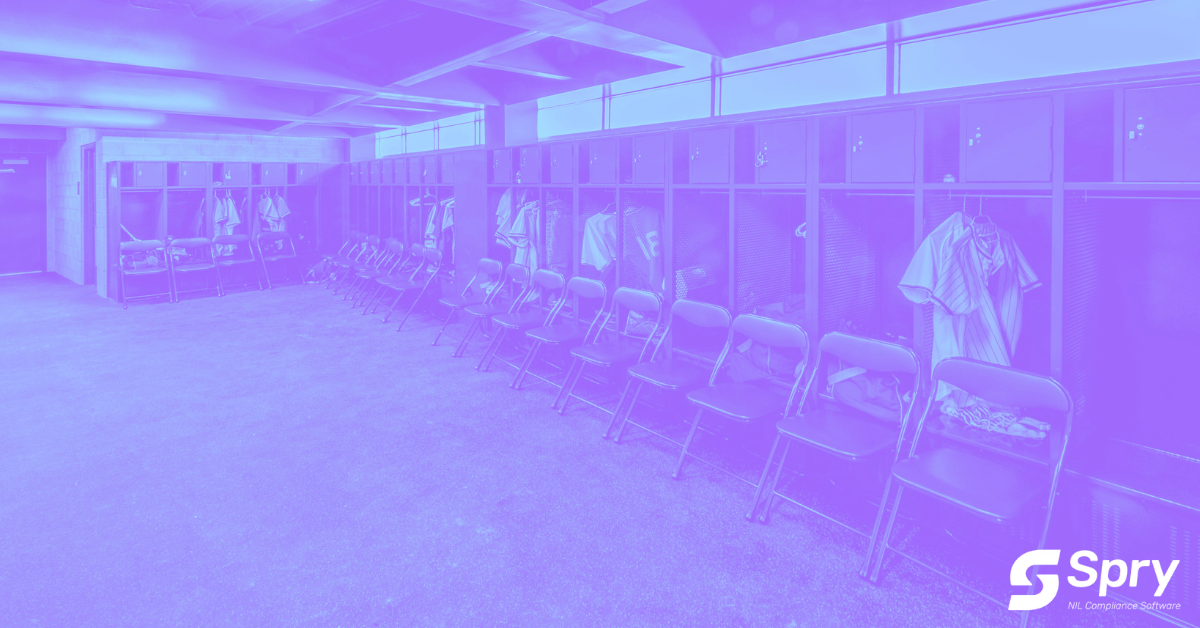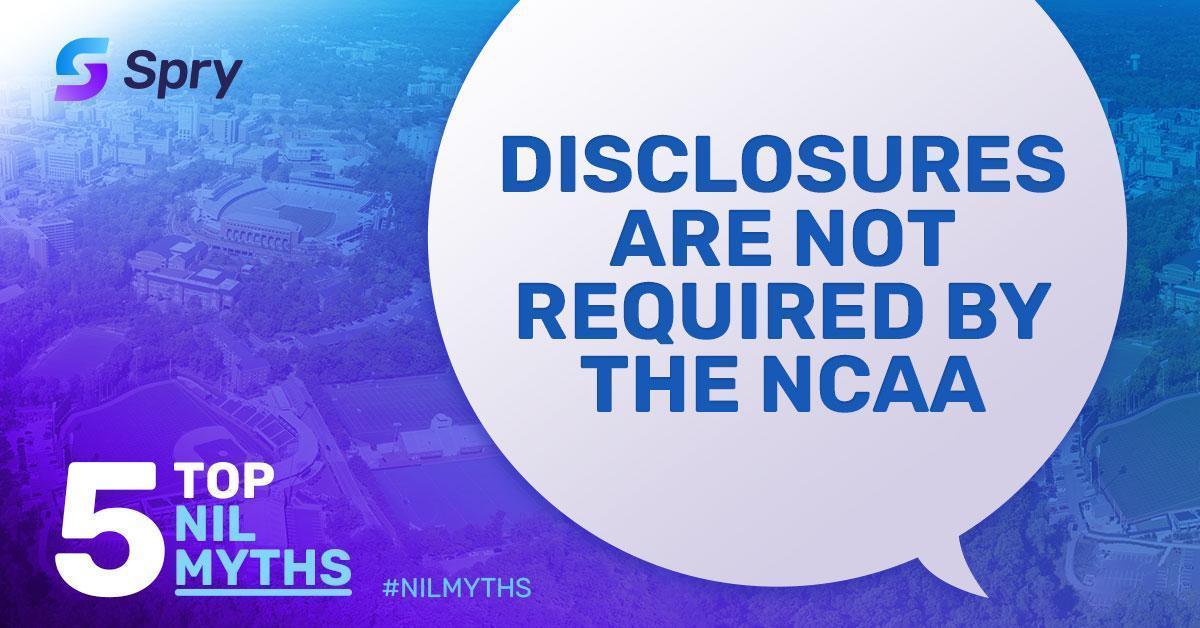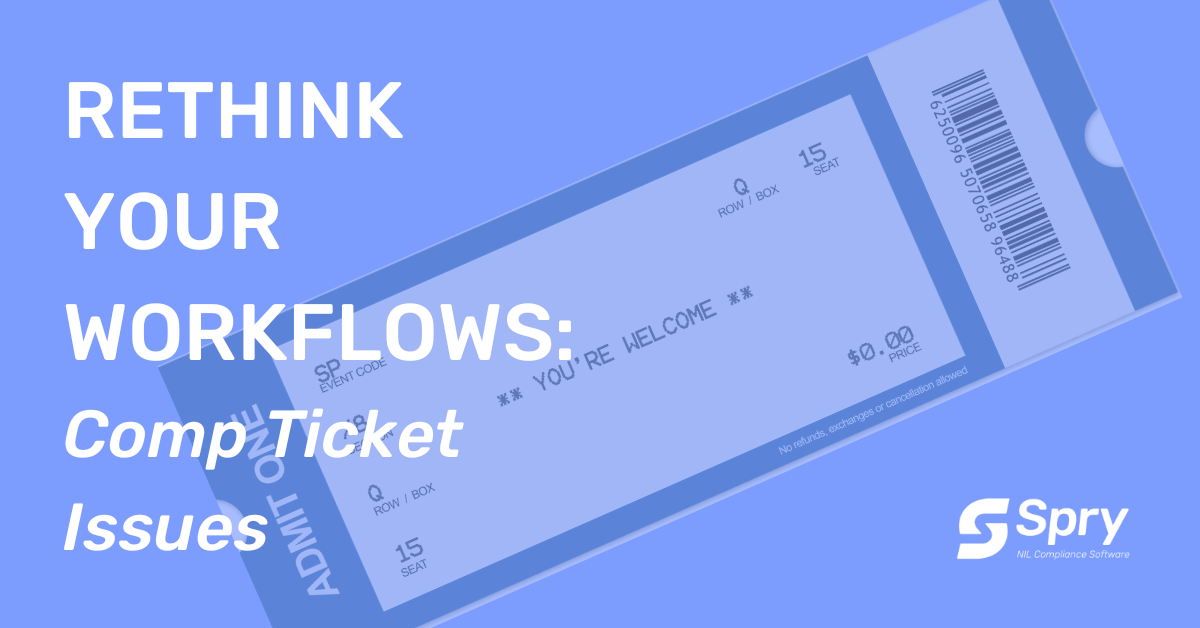Insights
NIL Impact: Managing the Locker Room with NIL

The 2021-2022 competitive seasons are off and running. A big player in the “new normal” is the implementation of name, image, and likeness (NIL) legislation. Student-athletes are now allowed to earn income that can be tied to their status as an intercollegiate athlete. While this has the potential to be a great opportunity for some student-athletes, for example opportunities to have real experience in their chosen field of study and earn income while doing it. Student-athletes can explore their creativity in ways that were once limited by NCAA rules that may have nothing to do with athletic status.
NIL can also present unintended consequences such as outside influences/distractions which can be detrimental to the team dynamic and can significantly impact performance.
Consider the following scenarios:
A student-athlete is receiving income to promote a product due to their position on a team and that position changes with a new game plan, or another player earning the spot This will cause additional tension between player and coach as well as player and teammates. And the student-athlete could lose the income in the process.
A marginal player is considered desirable from a marketing standpoint due to his/her already established social media presence, personality, charisma, etc. Being a member of the team enhances marketability and this student-athlete may receive more attention and possibly income from outside sources even though they are not contributing on the field.
Teammate errors made during the game (ie missed pass, missed tackle, etc) could result in a players overall stats being affected, thus impacting their potential for income. This could lead to confrontation between teammates and damaging team unity and focus.
Demands placed upon student-athletes to attend photo shoots, promotional activities, autograph signings, etc at the commercial location can detract from team and/or academic responsibilities.
Coaches’ decisions regarding a player’s position on the team could significantly impact marketability and could lead to problems on the whole team or a possible transfer to another institution.
Student-athletes will have to balance time demands and expectations must be clear before any NIL agreement is set. Record keeping by coaches and staff will be critical to ensure compliance with team and department rules.
Coaches, sport administrators, compliance staff as well as those in marketing and social media departments must be in sync with each other to be sure to present a consistent and common message to student-athletes as they navigate the NIL Era. Athletic Department Handbooks and Team Rules/Charters should include clear policies and procedures and should be signed off on by the student-athlete at the beginning of the season. The Development Staff will also need to be trained on the rules and guidelines surrounding NIL since they are quite often the first point of contact from a booster who is interested in working with a student-athlete.
The NIL process is new for everyone. Athletic departments are working to provide education and guidance to student-athletes and coaches. This will be a learning experience for all and support will be necessary to manage the challenges as they are presented.


